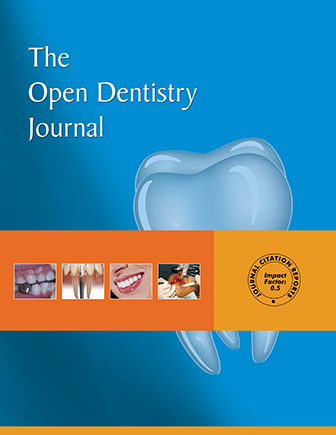All published articles of this journal are available on ScienceDirect.
Green Tea (Camellia Sinensis): Chemistry and Oral Health
Abstract
Green tea is a widely consumed beverage worldwide. Numerous studies have suggested about the beneficial effects of green tea on oral conditions such as dental caries, periodontal diseases and halitosis. However, to date there have not been many review articles published that focus on beneficial effects of green tea on oral disease. The aim of this publication is to summarize the research conducted on the effects of green tea on oral cavity. Green tea might help reduce the bacterial activity in the oral cavity that in turn, can reduce the aforementioned oral afflictions. Furthermore, the antioxidant effect of the tea may reduce the chances of oral cancer. However, more clinical data is required to ascertain the possible benefits of green tea consumption on oral health.


